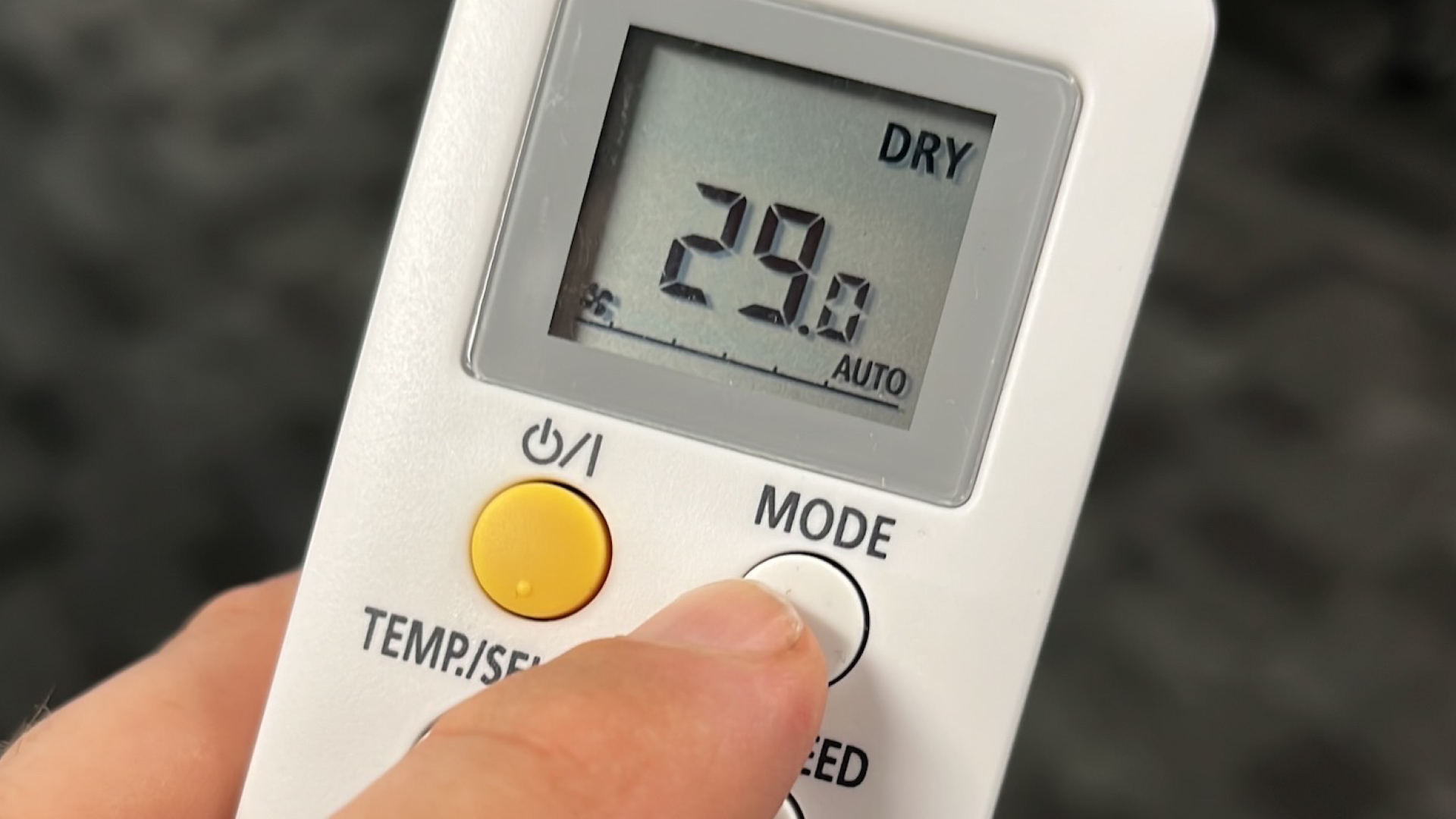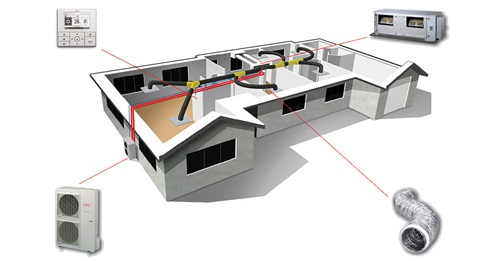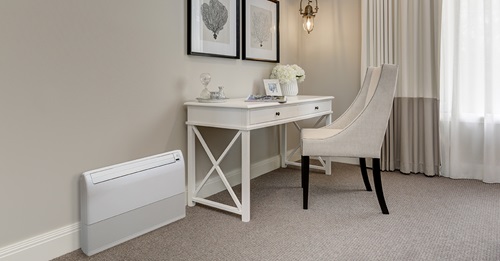The Best Air Conditioner Temperature for Humidity

Humidity is a defining feature of Australia’s climate, often affecting comfort levels in our homes. In sticky weather, the best aircon setting for humidity is between 23°C and 25°C. However, this also depends on your personal preference - setting it as high as you’re comfortable with will help it run effectively while using less energy. This temperature range supports optimal indoor conditions while allowing the system to operate efficiently and remove excess moisture from the air. Setting the temperature lower than that may cool the room too quickly without reducing humidity, which can leave it feeling damp or uncomfortable.
Fortunately, air conditioners can do more than just cool our indoors; they can also help manage moisture levels and reduce the impact of humidity by using features such as dry mode.
The dry mode aircon setting is designed to reduce indoor humidity without overcooling the room. But what is dry mode on an AC, and why is it so important? Read on to learn more.
What is Dry Mode on an Air Conditioner?
The dry setting on your aircon is a useful feature designed to reduce room humidity instead of lowering the temperature significantly. It helps develop a more consistent and pleasant indoor environment, particularly on humid days when cooling may be inadequate.
Fujitsu General’s residential air conditioning systems all provide a dry aircon setting for humidity, where the fan can run at low speed with air circulating through the system. The mode reduces moisture levels without significantly changing room temperature.
Dry mode is most effective on light days when the air is humid but not so warm that full cooling is required. This setting lowers humidity without excessive cooling, saving energy while enhancing overall indoor comfort
Benefits of dry mode aircon
There are several key benefits to using dry mode on your aircon that make it a valuable function, particularly in humid conditions:
1. Energy Efficient
Using the AC dry mode for humidity uses less energy compared to the cooling mode. The compressor operates at reduced speed, reducing power usage without sacrificing the means to control indoor humidity levels. It’s a cost-saving option for days that are humid but not particularly hot.
2. Improved Comfort
For coastal and tropical regions, dry mode aircon is a useful feature to maintain indoor comfort. By drawing out excess moisture, dry mode helps prevent that sticky feeling and general fatigue often caused by high humidity. Lowering indoor humidity can make a room feel cooler and more breathable, even without lowering the temperature significantly. Learn more about the best air conditioner for a humid climate to achieve maximum comfort in your region.
3. Healthier Indoor Environment
High humidity can contribute to poor indoor air quality by promoting the growth of mould, mildew and dust mites. Use the air conditioner dry mode humidity setting during mild but damp conditions to manage moisture levels. Dry mode manages humidity levels, supporting a healthier indoor environment, particularly in enclosed areas with limited ventilation.
For further advice, see our guide on how to stay cool in hot weather.
The Most Effective Time to Use the AC Dry Mode in Humid Regions
The dry mode feature is most effective during periods of high humidity when the temperature is mild. These are days when it’s raining or about to rain, leaving indoor air damp and sticky. Compared to cooling mode, which lowers the room temperature, dry mode focuses on eliminating excessive moisture from the air to promote comfort without overcooling.
This mode is especially useful in areas with high humidity, such as:
Darwin and the Top End (Northern Territory)
Tropical climate with very high humidity during the wet season (November to April). Dew points are often above 24°C.Far North Queensland (including Cairns, Townsville and Cape York)
Known for year-round humidity, particularly during summer. Cairns regularly records humidity levels above 80 percent.Northern and coastal parts of Western Australia (e.g. Broome, Kununurra)
Tropical conditions with hot, humid summers and seasonal rainfall.Brisbane and Southeast Queensland
Subtropical climate with high summer humidity, particularly between December and February.Northern New South Wales (e.g. Ballina, Byron Bay)
Humid summers with warm temperatures and regular coastal moisture.
These regions commonly benefit from air conditioning systems with dry mode to manage indoor humidity and improve comfort.
How Do I Use Dry Mode?
Dry mode is particularly useful during shoulder seasons or cooler humid days when cooling mode is unnecessary but humidity remains high. To activate dry mode, press the ‘Mode’ button on your air conditioner remote until ‘Dry’ appears on the display. For more details on this setting and how it operates, refer to your unit’s aircon product manual. You can also read more about how air conditioners affect humidity inside.
Understanding the Best Aircon Setting for Humidity Reduction
Setting your unit to the best temperature for dry mode helps remove moisture efficiently while avoiding unnecessary energy use. For further assistance, contact Fujitsu General Assist on 1300 882 201 or via email at [email protected]. Our support team can guide you through the successful use of your system and help you gain the best results with dry mode.


.tmb-tmb420.jpg?sfvrsn=5c4be2e1_1)


